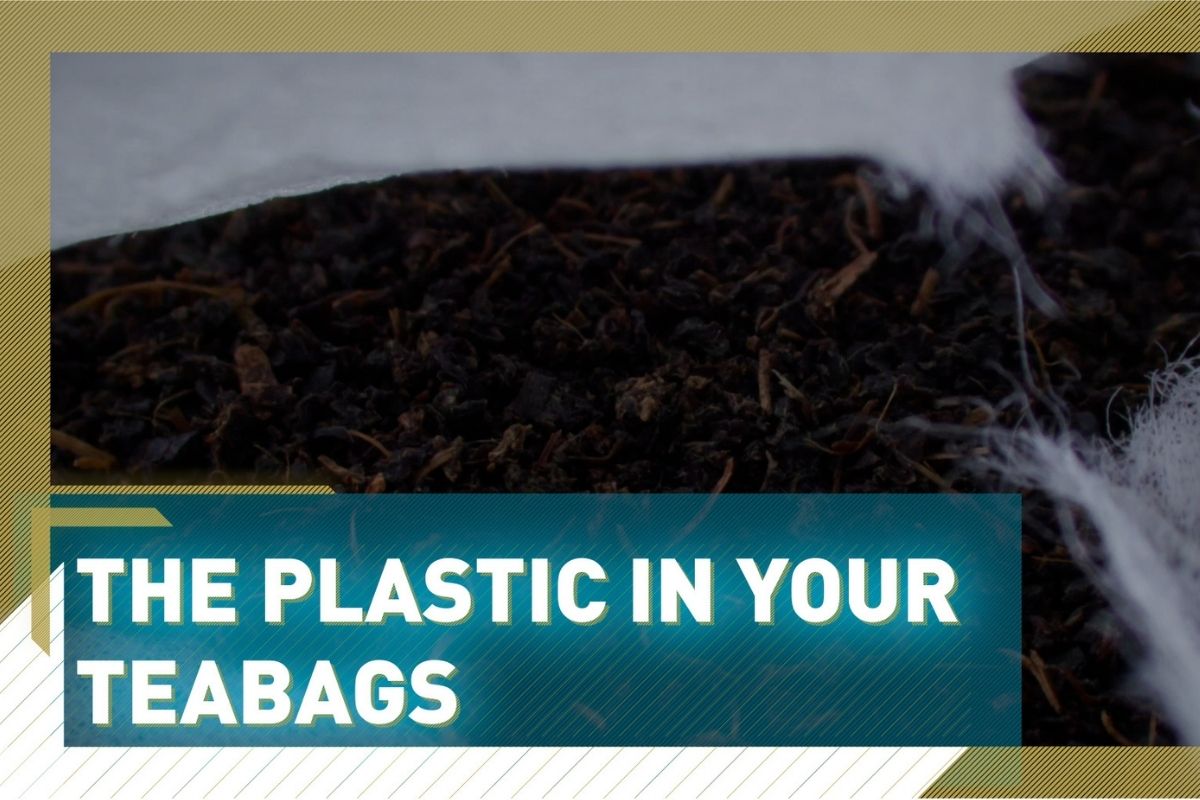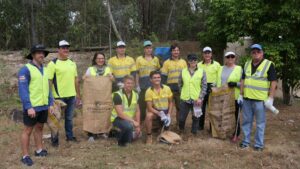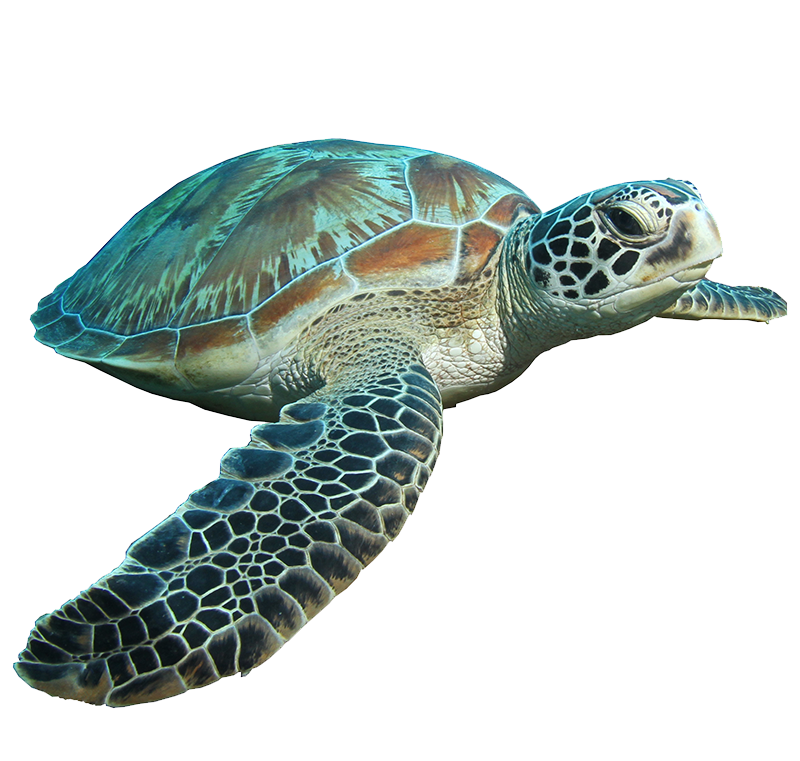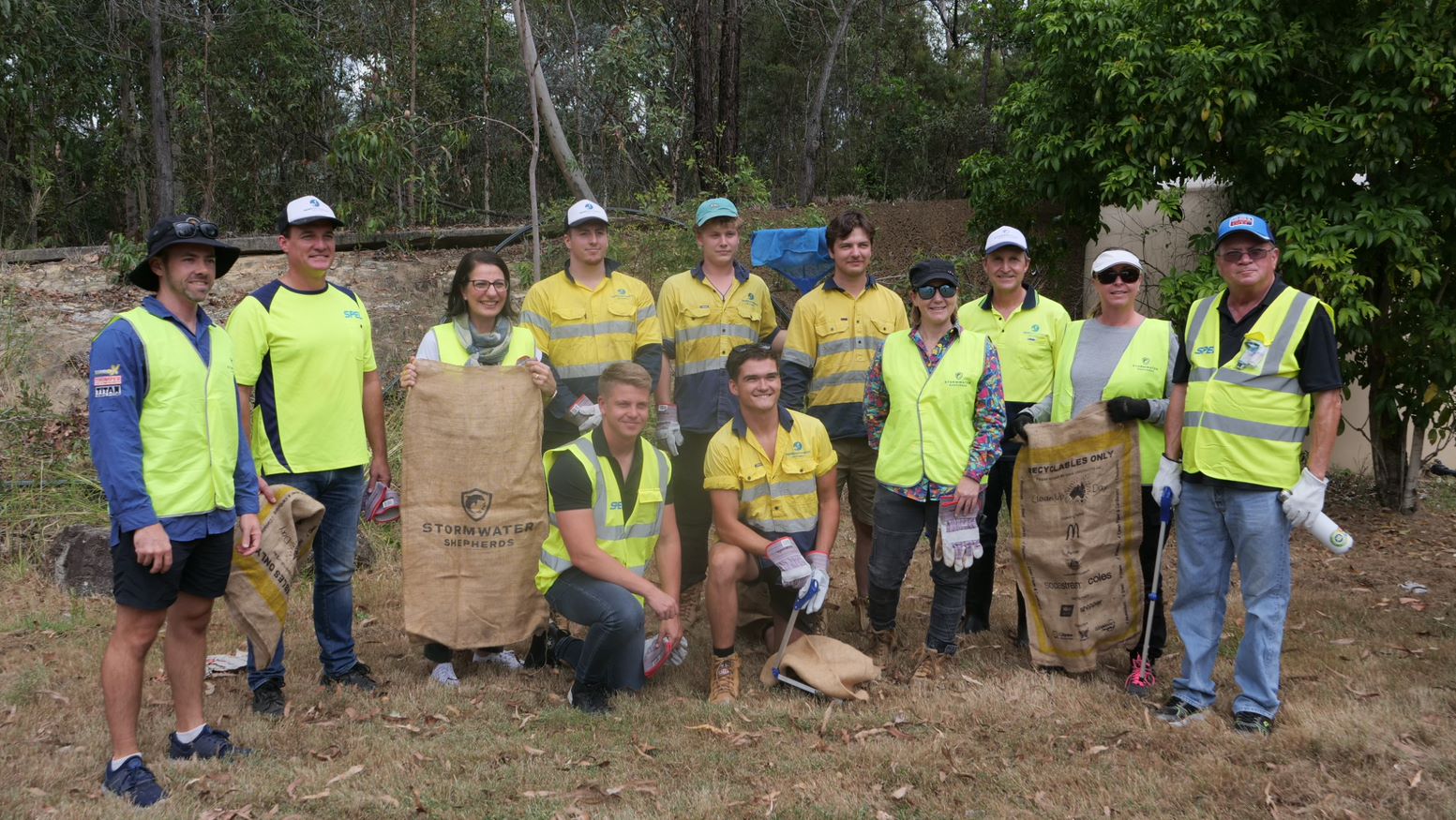Originally appeared on CGTN
Putting the kettle on to make tea is a classic way to unwind, whether it be at home, on a work break, or out for a leisure trip.
British tea drinkers, for instance, consume more than 160 million cups a day in total – that’s several cups a day each on average. The quickest and most convenient method to brew up is using a tea bag, either in a teapot or a cup.
Most of us would not stop to question how this average tea bag is put together – or how sustainably. Under pressure to mass-produce cheaply on production lines, most big brands seal tea bags with some form of plastic.
“In normal tea bags, they put a thin layer of plastic fibers over the top of the paper before they put the tea on it,” explains Andrew Mayes, a senior lecturer in chemistry at the University of East Anglia. “Then another thin layer of plastic fiber and then another layer of paper, so they can very rapidly seal it around the edges by heating it.”
The environmental problem these tea bags represent is that those plastic fibers will not biodegrade, instead ending up in the ecosystem as microplastics.
This can damage various organisms, as these minute plastic particles work their way up through the food chain.
“There’s only a tiny bit [of plastic] in each teabag, maybe 50 milligrams,” says Mayes. “But when you multiply it up, it equates to something like 5 tonnes a day.
“It’s already in the form of microfibers, which can quite easily physically break down into really small microplastics. They’re exactly the kind of thing that can be ingested by organisms.”
READ MORE: Tea bags release billions of microplastics into your cup, study shows
Scientists say the ultimate eco-friendly solution is to avoid tea bags and drink loose leaf tea, but that takes a bit more time and preparation.








